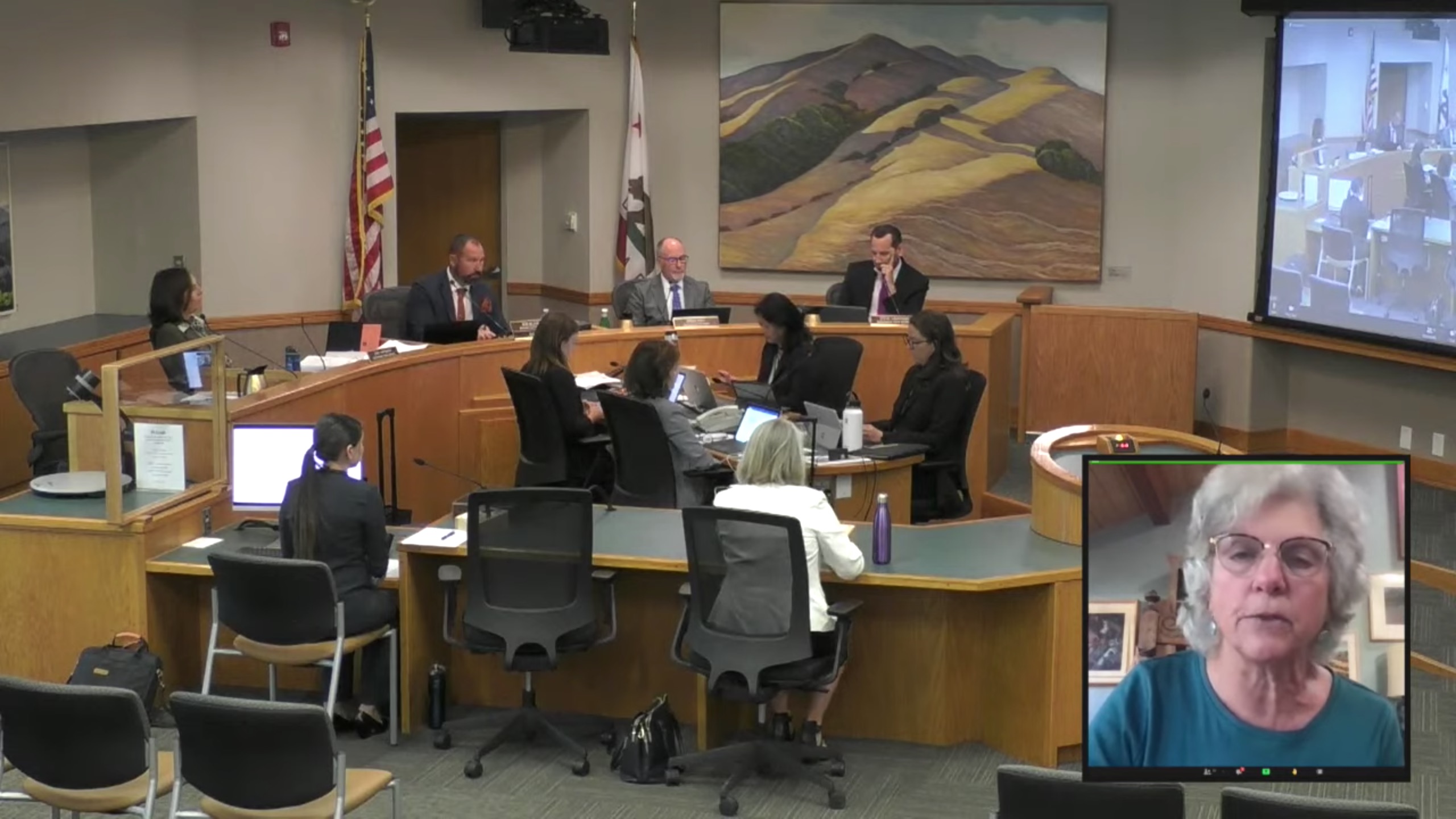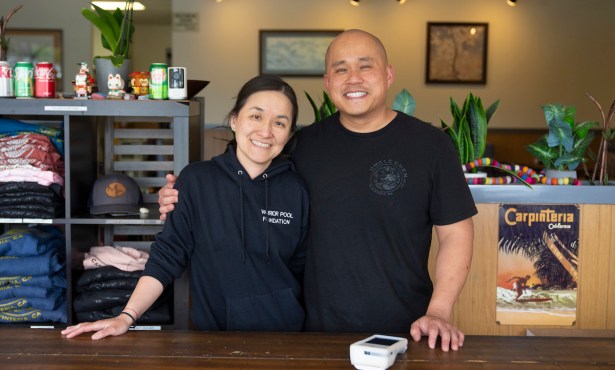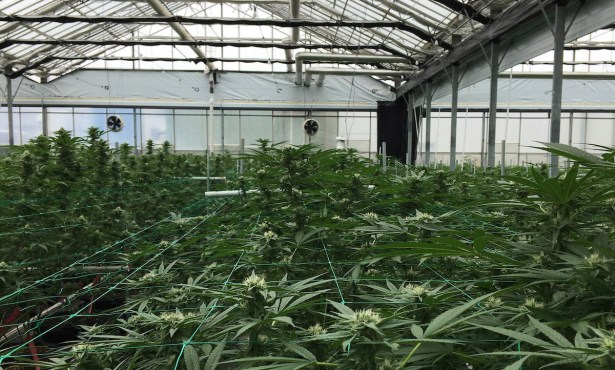A Win for Cannabis and Cuyama Community
Water Usage Agreement Part of Settlement Between Grower and Community

The mantra “do no harm” guides a settlement agreement reached between Cuyama Valley farmer Jean Gaillard and a would-be cannabis grower, Cuyama Farms LLC. It requires no new net use of water by cannabis farms that sign on to the agreement and in exchange, members of the Cuyama Valley Cannabis Advisory Committee agreed to forgo appealing participating growers’ projects and to support them should others appeal.
In the case of Cuyama Farms, the planned 35 acres of cannabis under 18-foot hoop houses will be watered through an offset at a neighboring dairy farm, which also grows carrots, corn, and other crops. The guidelines are all about transparency and require new growers to avoid interfering with existing well water uses. As part of the settlement, they were incorporated into the project description for Cuyama Farms, an important step as it is yet unclear how much water cannabis requires in the parched valley. The valley has a groundwater basin that is the most severely over-drafted in Santa Barbara County, dropping by eight feet per year in some places. It’s among 21 basins throughout California considered “critically over-drafted” and often receives half the amount of replenishing rain that is pumped out.

The water used to grow cannabis, the only crop that can be regulated in this way, must be 100 percent offset by paying another farmer to stop irrigating or install a more efficient irrigation system. Cuyama has been divided into six water regions, and the offset must be in the same region, or if in another, the offset increases to 150 percent of water used.
Carrot farmers in the valley, who have long used overhead sprinklers on their water-intensive crop, will be forced to reduce water usage by 5-6 percent per year, said Amy Steinfeld, attorney for Cuyama Farms. She noted that as the carrot fields shrank, jobs would likely go to higher-paying cannabis farms.
Longtime pistachio farmer Gene Zannon sounded a note of caution, pointing out that 500-600 workers on the cannabis projects in the pipeline would need housing or would commute along windy and narrow State Route 166.
Sign up for Indy Today to receive fresh news from Independent.com, in your inbox, every morning.
Security could also become an issue, he said. As of April 21, there were 13 cannabis projects in the pipeline for Cuyama, covering 672 acres, said Travis Seawards, deputy director of development review for County Planning.
The guidelines are voluntary and unenforceable, but Supervisor Das Williams, whose chief aide Darcel Elliott helped put the committees together to arrive at the guidelines, pointed out it set a higher standard for marijuana, a crop with higher wages, which could only translate to benefits for the community.
Roberta Jaffe, a farmer on the advisory committee, encouraged the Board of Supervisors to approve the plan. It would bring Cuyama closer to a goal of sustainable water usage by 2040, she said, and letting all cannabis grower applicants know about the guidelines, which are voluntary, would make a big difference to the community. They planned to protect their water and their livelihoods: “We are small in number, but we are persistent.”




You must be logged in to post a comment.